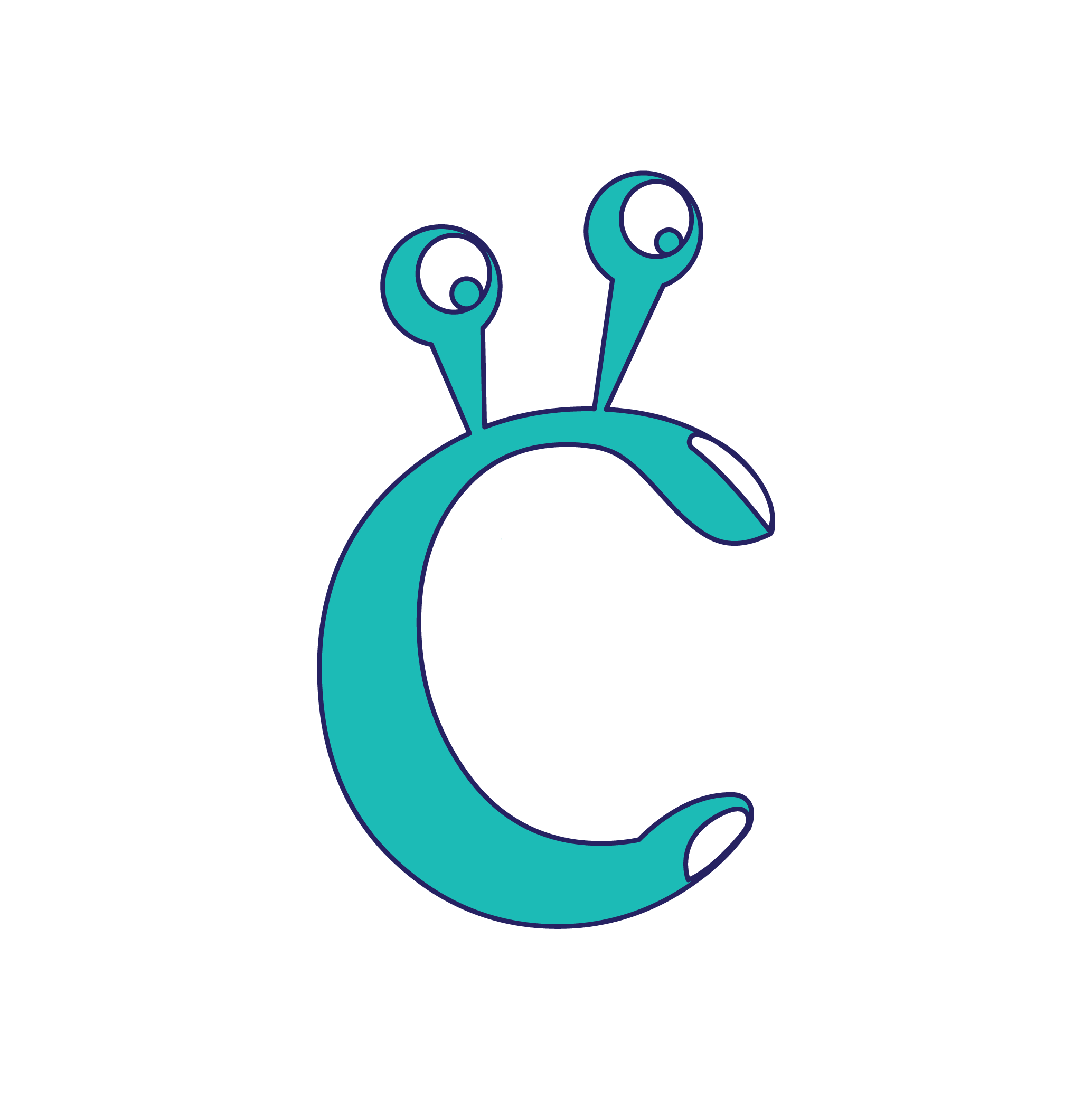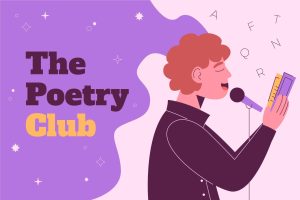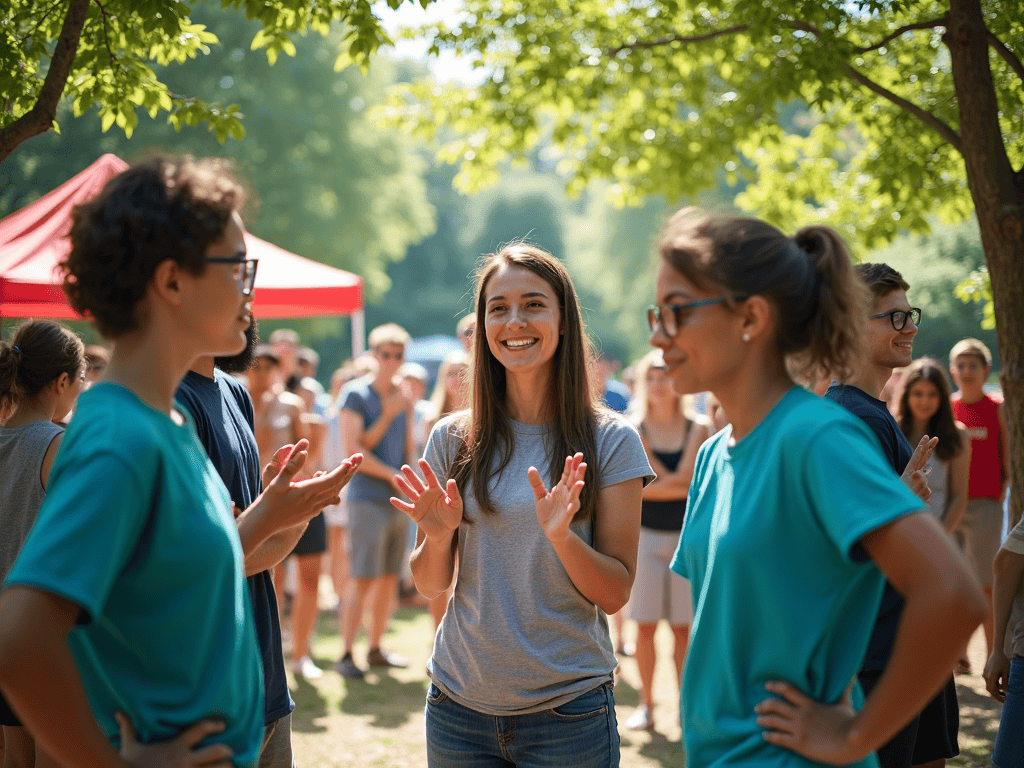
Summer Sign & Connect: Building Inclusive Deaf Youth Programs in July
- Posted by Cicada Sign
- Categories Blog
- Date July 20, 2025
- Comments 0 comment
July offers a powerful moment for educators to foster community, independence, and connection for Deaf youth—aligned with Disability Independence Day (July 26) and leading into International Youth Day (August 12). These observances provide an opportunity to design fun, empowering summer programs that blend ASL learning, peer connection, and cultural pride.
1. Host a Summer ASL Bootcamp
Invite Deaf and hearing teens to a short ASL immersion with sign-based games, Deaf history stories, and cooperative drama. Activities like signing poems, storytelling, or shadowing Deaf volunteers empower students to communicate confidently and discover new friendships.
2. Set Up Deaf–Hearing Buddy Hubs
Pair Deaf youth with hearing peers to practice ASL in real-life settings—ordering food, playing games, or chatting about summer plans.
“By week two, kids who’d never signed in public were leading skits in ASL, inviting their hearing friends to join. Watching them shine was transformative.”
— July 2024 summer camp instructor
These hubs spark empathy, PSB (peer sign buddy) learning, and long-lasting social bonds.
3. Plan Community Field Trips
Take students to Deaf-led spaces like clubs, theaters, or history museums. Challenge them to interpret signage in ASL, video-record cultural exchange moments, and lead post-trip reflections. This builds communication skills and cultural awareness.
4. Celebrate Disability Independence Day
On or around July 26, host an all-ages event exploring independence and capability: interactive tech booths, ASL karaoke, and stories with Deaf mentors.
“Disability Independence Day reminds all of us that independence isn’t a luxury—it’s a right we should build toward every day.”
— National Disability Independence Day organizers
Encourage youth to share their own “I can do…” moments.
5. Prepare for International Youth Day
In the weeks leading to August 12, help students create a final project—videos, posters, or zines—highlighting Deaf youth’s voices and autonomy. Encourage public showcasing with signed poems or creative work on social channels and at a community event.
3. Embrace Inclusive Teaching and Community Leadership
Including Deaf mentors, ASL teachers, and families in program planning creates authentic experiences and reflects real-world diversity.
“When Deaf youth see themselves represented as leaders—indrama, workshops, or off-site trips—they believe they belong.”
Provide training and support for staff, ensuring interpreters or Deaf role models are part of every session.
Are you planning a summer youth program? Tag a colleague or local partner who’d want to host an inclusive ASL summer camp! Share your creative ideas or experiences in the comments—and let’s bring Disability Independence Day to life for our Deaf youth this July.
References
InclusionHub, “Celebrating National Disability Independence Day” (July 26 commemorates ADA signing).
- WeAreAll.NotreDame, “July 26 is Disability Independence Day” (ADA commemorative significance).
- Fillauer, “National Disability Independence Day – July 2025” (empowerment emphasis)
- UMass DEIA, “National Disability Independence Day” (AI, ableism, independence).
- Nd’s NAD Youth Leadership Camp page (summer leadership for Deaf HS students).
- Wikipedia, “International Youth Day” (August 12 awareness for youth empowerment).
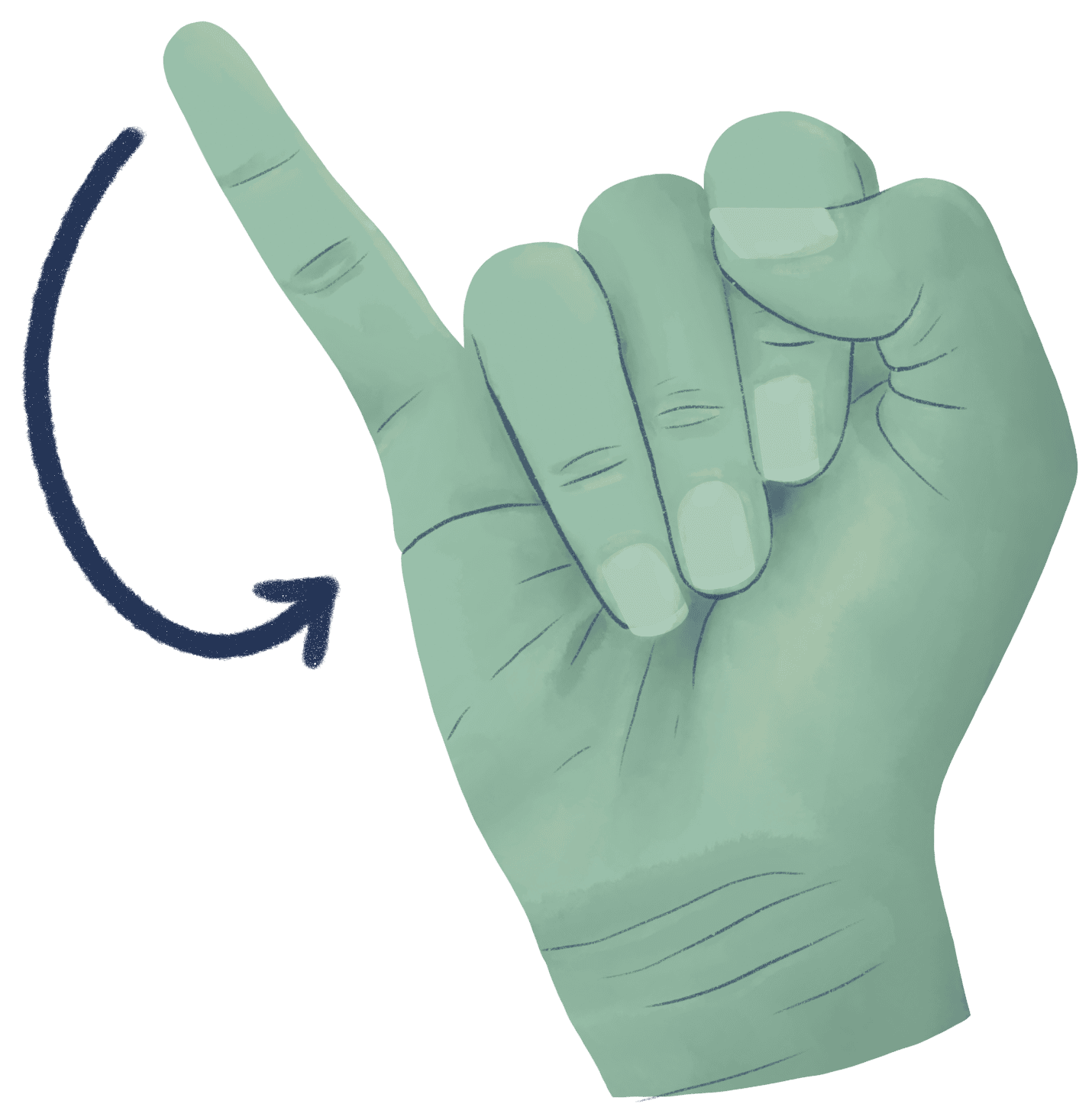
A Letter in ASL
“When Deaf youth see themselves represented as leaders—in drama, workshops, or off-site trips—they believe they belong.” — Community youth program coordinator
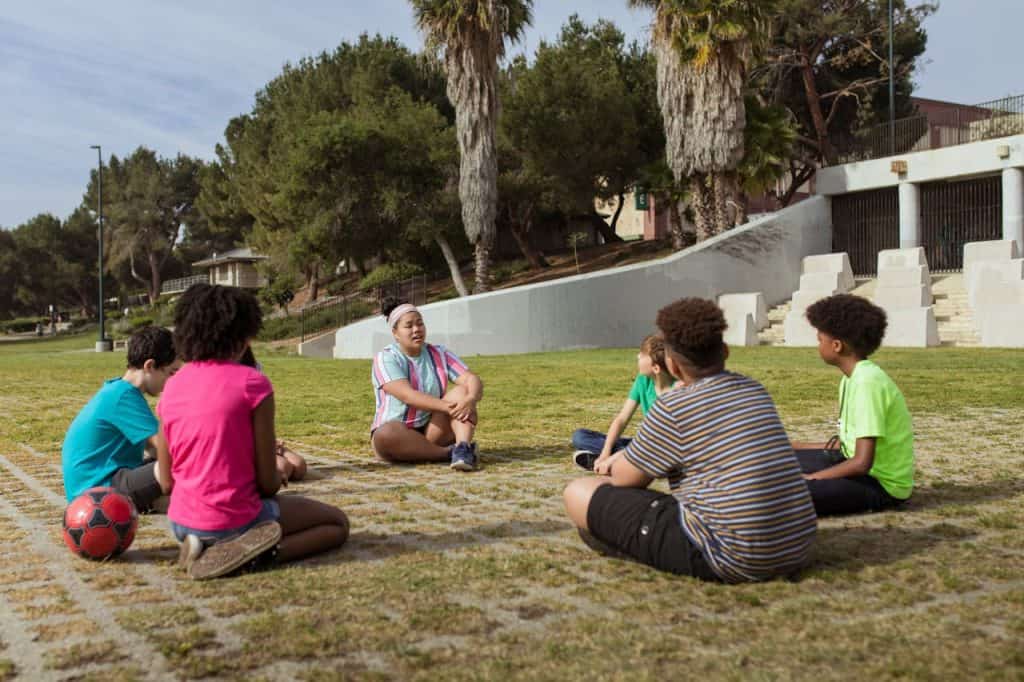
“Disability Independence Day reminds all of us that independence isn’t a luxury—it’s a right we should build toward every day.” — National Disability Advocate
